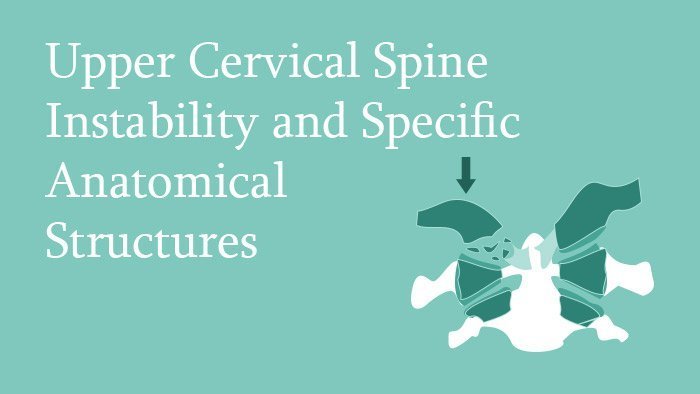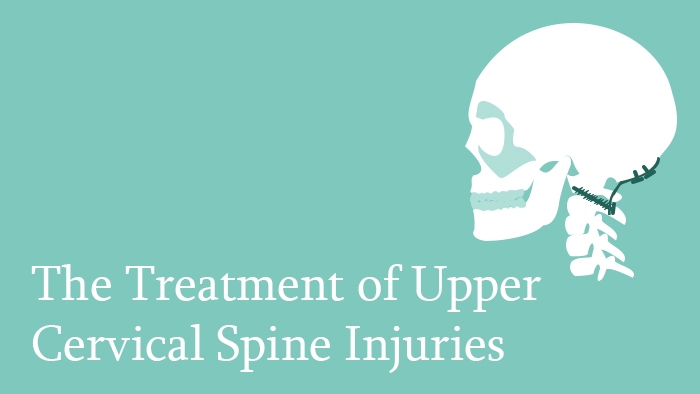Prof Max Aebi
eccElearning Spine Surgery Education Programme Faculty
Prof Max Aebi is a highly experienced Spine Surgeon and a key member of the eccElearning Spine Surgery Education Programme faculty.
The Spine Surgery Education Programme contains 180 Spine Surgery Lectures, and contains Specialist Certificates and the full Postgraduate Diploma in Spine Surgery.
The eccElearning Spine Surgery Faculty is made up of over 140 expert spine surgeons and educators. They have collectively supported the development of the world’s first comprehensive, online postgraduate education programme in a medical sub-speciality, spine surgery.
Prof Max Aebi MD, DHC, FRCSC
- Professor Emeritus Orthopaedic Surgery, McGill University, Montreal (CND)
- Professor Emeritus Orthopaedic Surgery, University of Bern (CH)
- Member of the European Academy of Science
- Deputy Editor Web-based Education, European Spine Journal
Contributions of Prof Max Aebi
Spine Surgery Education Programme Diploma
Prof Max Aebi is the Coordinating Editor of the eccElearning Spine Surgery Education Programme Diploma – a comprehensive Masters-level diploma. It has 180 online Spine Lectures, 8 Live Tutorials, a Surgical Skills Assessment, 4200 downloadable references and over 540 CME Credits.
Module: Spine Trauma and Fractures
Prof Max Aebi is the Module Editor of Module 6, Spine Trauma and Fractures, of the eccElearning Spine Surgery Education Programme Diploma. This Module covers Spine Trauma and Fractures, and is sub-divided into trauma of the upper, middle/lower cervical spine, the thoracolumbar spine and the sacrum.
Lecture: History of Spine Surgery and Spine in Medicine
This lecture, written and narrated by Prof Max Aebi, reviews the history of spine surgery, spinal disorders, the treatment of the spine, and its issues in modern day medicine..
Lecture: Adult Scoliosis – Epidemiology, Natural History, Classification, Clinical Assessment, HRQOL
This spine surgery lecture concerns the epidemiology, natural history, classification, clinical assessment and health-related quality of life relating to adult scoliosis.
Lecture: Classification of Sub-Axial Cervical Spine Injuries
This lecture concerns the classification of subaxial cervical spine injuries. It begins with a look at the evolution of the classification of cervical spine injuries, with references to the historical papers by Allen and Blauth, and continues to the modern day concepts of AO and later, as updated by Vaccaro in 2015. The mechanisms involved in the injury of cervical spine are discussed in detail. The algorithm of classification and its various modifiers is also covered.
Lecture: Upper CS: Instability and specific anatomical structures
This lecture deals with the complex anatomy of the upper cervical spine. The important bony details and the ligaments involved in stability are described, and the accurate anatomical representation is presented. Clinical instabilities in the upper cervical spine are discussed in three separate parts: C0 to C1, C1 ligamentous and bony, and C2 bony. Finally, all the relevant classifications of this complex region are provided, with references to the text and historical literature.
Lecture: Classification of Thoracolumbar Fractures
This lecture looks at the classification of thoracolumbar spine injuries. The lecture includes a discussion about the uses of the classification and the characteristics of an ideal classification. The evolution of the classification for fractures is discussed, along with the key characteristics which are utilised in classifying a fracture. This is followed by a look at the old and currect AO classification, and the differences between the two. The impact of the current classification on the classification algorithm is also discussed. Finally, the lecture goes through a series of cases and their classifications are specified.
Lecture: The Treatment of Upper Cervical Spine Injuries
The lecture advances through a list of several different types of upper cervical spine injuries, covering their features, classifications and surgical treatment options. These include occipital condyle fractures, atlanto-occipital dislocation, Jefferson fracture, odontoid fracture, atlanto-axial instability and C2 traumatic spondylolysis and spondylolisthesis. They are illustrated with the help of clinical cases, X-ray images and diagrams.










